Gardening Among Mature Trees
Gardening Among Mature Trees
In the past, people felt no hesitation to cut down mature oaks, pines and other trees without much thought. Many did so because the range of colorful plants for shady areas is smaller than the selection for sunny gardens. Increasingly, however, homeowners are seeing the value in leaving large trees, especially the oaks. Houses that are even partially shaded in the summer are cooler and use less electricity for air conditioning. Many studies, including the one seen here, have shown that trees significantly add to the value of a property. And finally, we are aware that oak trees and wild cherries support more species of wildlife than any other plants. In short, mature trees are gold for our properties.
Creating a garden under and around mature trees does come with challenges, however, and that’s what we’re addressing in this week’s blog. Here are some pointers for creating a beautiful (and low-maintenance!) landscape while leaving large trees in place.
Use a mixture of plants.
Design Tip: Beautiful shade gardens contain shrubs of various sizes and types, along with groups of perennials. Larger-growing shrubs such as Rhododendron, Holly and Pieris (aka Andromeda) look fine planted singly, while smaller types such as azaleas, hydrangeas and Clethra (summersweet) often look better when planted in groups of three or five plants.
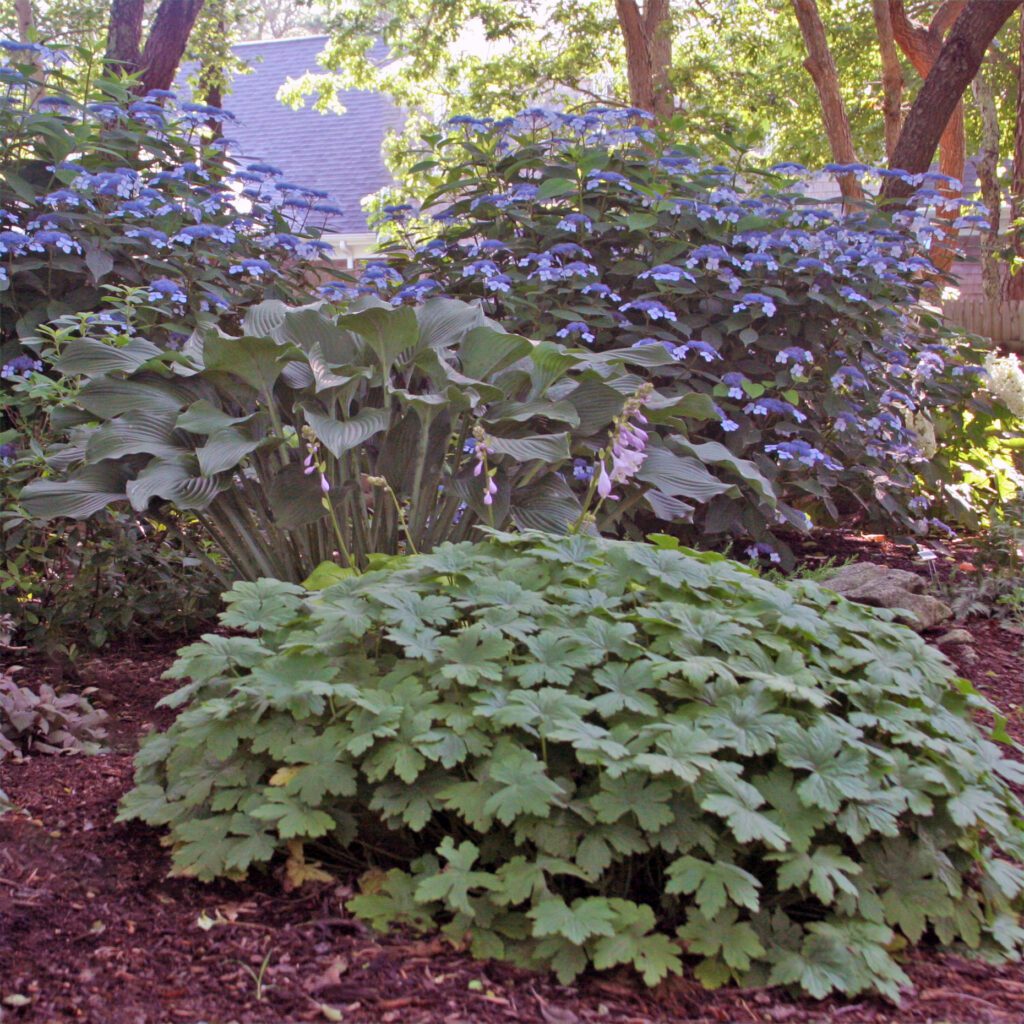
Planting Tip: Since mature trees have large root systems, you will have to work around those when you put plants into the ground. If you keep the larger-growing shrubs further away from the trunks of mature trees, it will be easier to find places where the roots aren’t as large. Cutting through a smaller, half-inch in diameter root isn’t a problem, but the larger ones should be left undisturbed whenever possible. So place the plants with bigger root balls, requiring larger holes, further away from the trees, and use smaller pots of perennials closer to the trunks. When planting smaller plants, you need to be prepared to shift their locations slightly to work around existing roots.
To amend soil before planting under larger trees, spread an inch of compost over the entire area and then place your plants directly in native soil. Do not amend the hole itself. After planting, spread an inch of mulch that will also enrich the soil from the top down as it decomposes.
Design Tip: Use an assortment of foliage colors, sizes and textures. There are plants with bluish, yellow, purple, and variegated leaves in addition to several shades of green. A successful shade garden uses different colors of leaves as well as those that vary in size and shape. Plant smaller plants in groups of five, seven or more for the best effect.
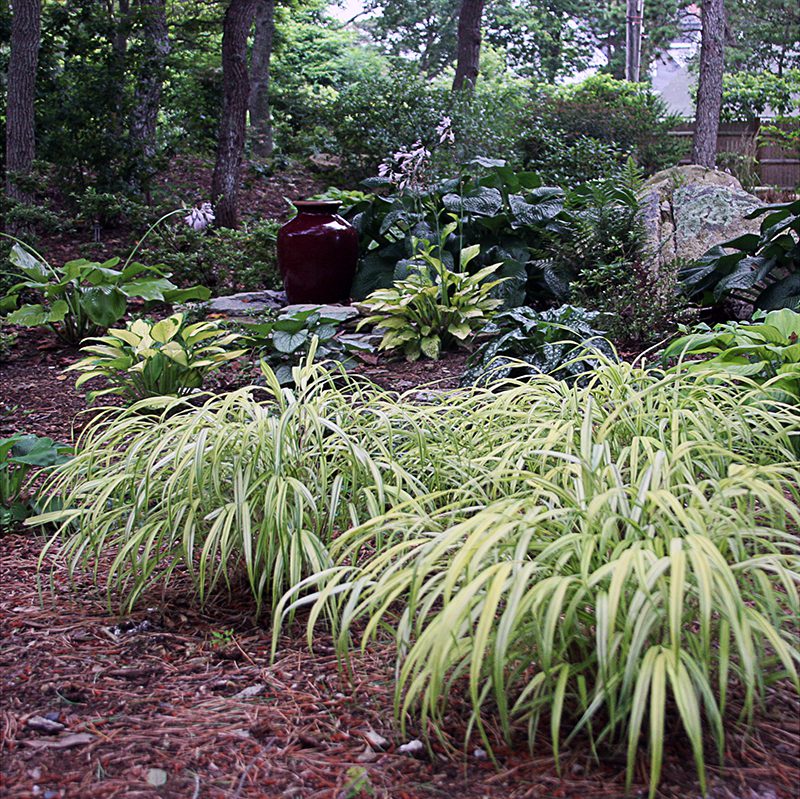
Add An Object Or Two
Design Tip: Add some larger objects in your shade garden. Notice how the tall ceramic pot in the photo above adds so much to that garden. Even in sunny gardens, placing a larger manmade object in and among the plant textures supplies a good contrast and focal point. Under mature trees, this can also be a way to fill a spot where there are especially large roots that make planting difficult.
Enjoyment Tip: Be sure to create some places to sit in your shade garden. Furniture serves the focal-point and contrast roles outlined above, while also providing a place to relax in the shade and appreciate the garden you’ve created.
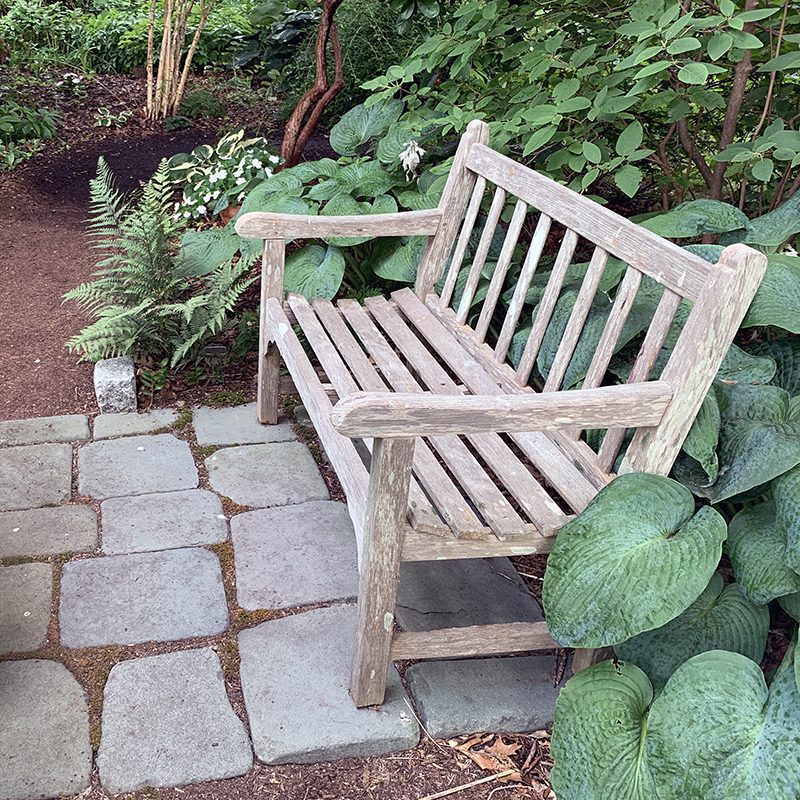
Planting For Ease
Design Tip: Place perennial plants closer together so that they shade the ground. This will result in a garden that needs less weeding and mulching. Use plants such as the aforementioned Hosta and Geranium macrorrhizum, along with Epimedium, ferns, Heuchera and flowering perennials such as bleeding heart.
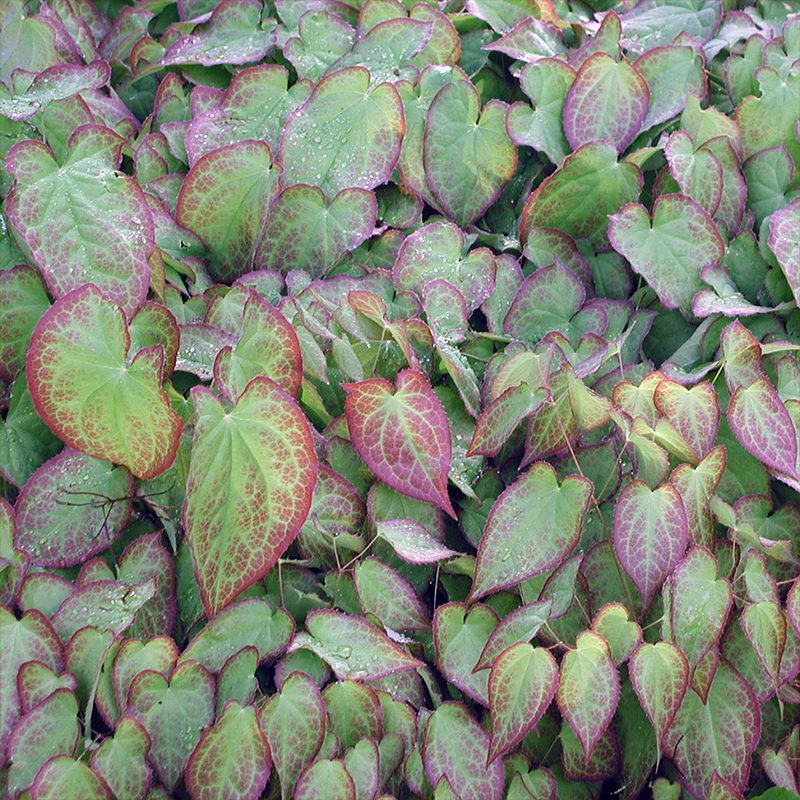
Planting For Color
Once your garden is planted with the basic range of foliage colors and textures, you can also add flowering perennials and annuals. Fern-leaf bleeding heart (Dicentra eximia) and turtlehead (Chelone lyonii) are two pink-flowering natives that are popular for shade gardens. Astilbe varieties are also appreciated for their flowers in late-June and early July.
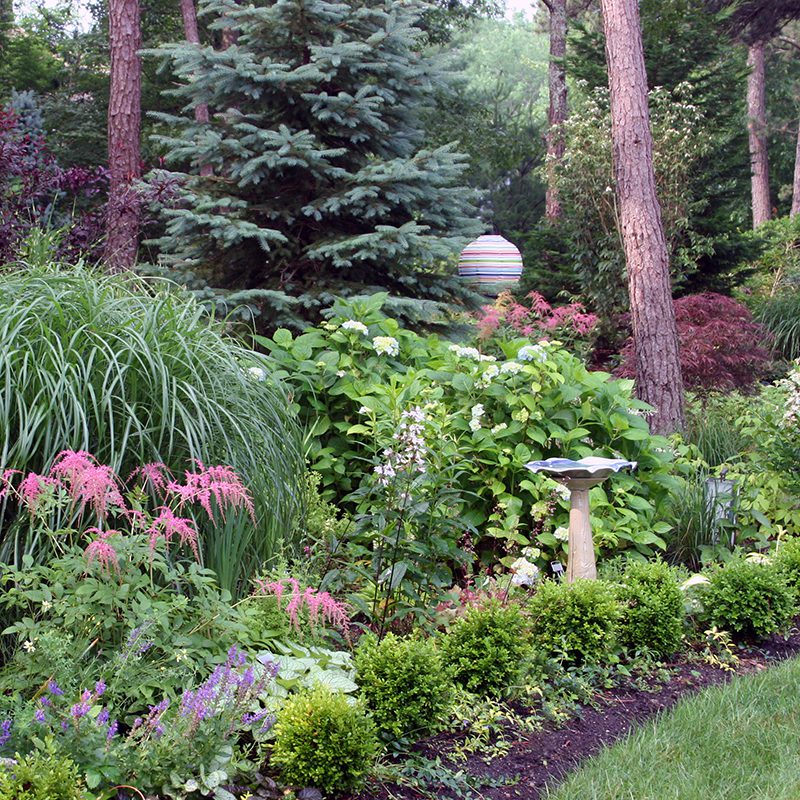
Color Tip: Plant annuals in containers and raise them above the lower foliage plants. If you’ve planted the shade garden thickly so that there is less weeding and mulching, there might not be space for the annuals that provide color all summer. This can be worked with by including annuals in containers in the shade garden. Groups of three or more colorful, ceramic pots can be fit in and among the permanent plants, and other containers can be displayed on benches, chairs, posts or pedestals.
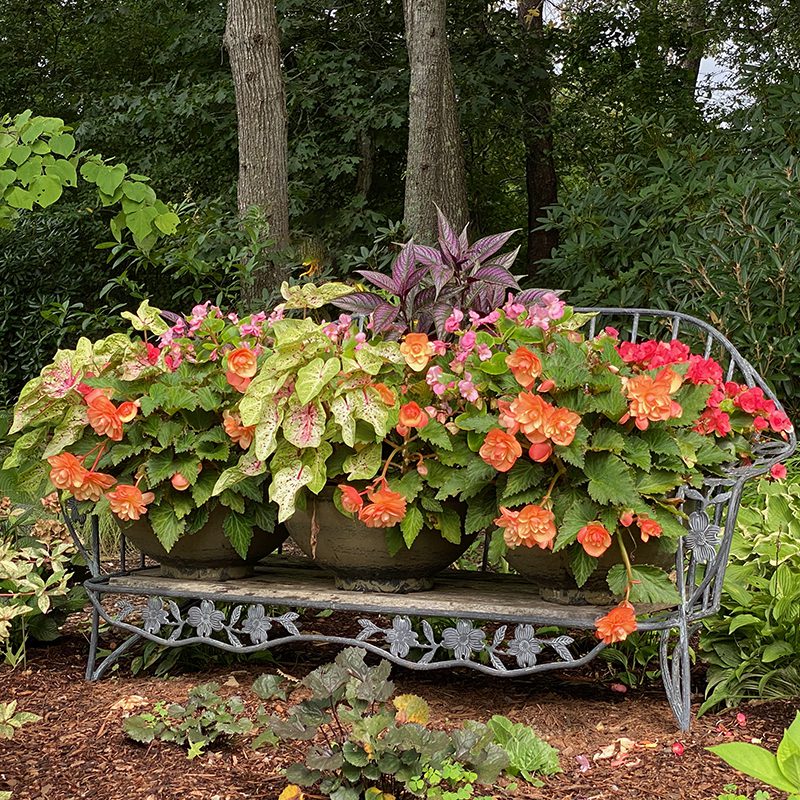
Creating a shady glade is a wonderful way to make a lovely garden while preserving the mature trees that bring so much to your property values and the health of the environment.
Practical Tip: Many people ask if they can dump a foot or more of loam on top of the tree roots for easier planting. Don’t do it. This may endanger the health of your trees, since they need their feeder roots to be closer to the surface of the soil. Work with and around existing roots instead of trying to cover them up.
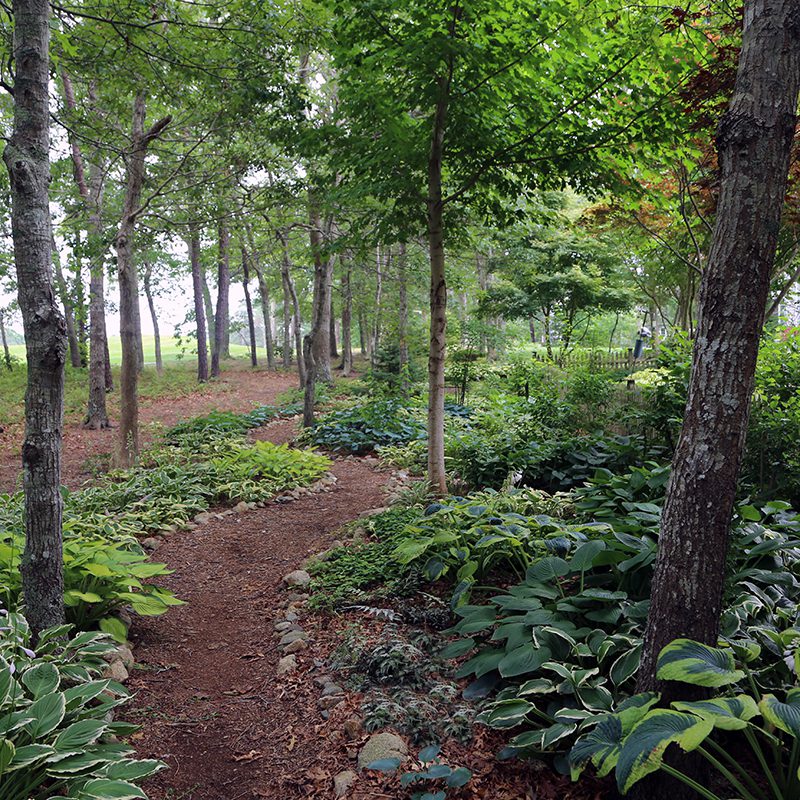
1 Comment
Leave a Comment
Subscribe To Our Newsletter
Sign up for our weekly email about sales and events.

Thank you for the pointers